User experience is about thinking simple, building a beautiful, easy to use set of features in a product that makes a users life easy. When a product is built its features are only one small aspect of the overall thinking. In product thinking you have to consider the users problems, how the job will be done using the product, goal achievement, objective clarity and also the revenues.
If we had user experience design (UX design) at one end of a straight line and product management at the other end – Product thinking is the center. As a user, the core focus is how this product will get me from point A to point B, which is beyond the set of features a product has. Basically, it’s the job the user hires the product for. A great example is how Uber’s core experience is to aid the user get a taxi easily and in time, at any time. This is shown via its countdown before the driver’s details are displayed on your screen, the time by which the driver will arrive at your location, along with other details to ease your journey. While these are all features that build the user experience, the overall Uber product can still work without these features, however, the countdown till your driver is found – cannot work if there is no product – that is the user getting a taxi at any time. In simpler words, the features do not work without the product. This is the core reason why designers should focus and think about products first.
Also read: How to deal with feedback as a product designer
Thinking about the product
Product thinking is when as a designer you focus on the functioning of the product, not just its features. The core user experience is the reason why a product exists. It will fulfill a need or solve a problem people have. This is the reason how a product becomes meaningful and offers a certain value. Essence lies in uncovering the problem and building solutions for the customers.
How do you approach product thinking?
To begin with, think of the product/s – right features for the right people.
A Why do we need to build this product – Your aim should be to define a problem the product will solve.
B Who are the people with these problems – Define who is the target audience for this product
C How will you achieve the solution – Define your flow towards achieving the solution
Finding the problem-solution fit
Next step in this process is to make a meaningful product, this happens when the solution fits the uncovered problem. Solution should be able to define a way on how a particular problem will be solved. Thus the problem-solution fit helps in defining the core user experience of a product. Visual design, color and interaction design aspects of this can help make the product seem more pleasing to the eyes, easy-to-use, set it apart from competition and appealing however they cannot make the product meaningful. This is the sole reason why a problem-solution fit approach is so crucial for the success of a product.
Read more: Design tools for metaverse
Defining the product
When you think in product(s), as a designer you should be able to answer a few vital questions:
– User problem – What is the problem you are solving?
– Target audience – For whom are you solving this problem?
– Vision – Answering the ‘why’ are you doing this?
– Strategy – How do you plan to do this?
– Goals – What do you aim to achieve?
Answering the – ‘We know our product works when we will see…’
Once you have successfully answered these question, only then comes the more important one to think
– Feature – What are you doing to solve this problem?
Product thinking – Your power tool
Not only this is your flex point but also your power tool as a designer – product thinking offers you the advantage of building the right features for the right people. It aids you to see the product as a whole – its experience as a whole. Enables you to tackle real user problems hereby reducing the risk of building something that does not work or nobody wants. This power tool gives you the power to make the right decisions when building features.
Also Read: Product design trends in sportswear and outdoor equipment
Not only does it enable UI and UX designers to ask the right questions, it also helps to communicate more efficiently with the stakeholders. When your product thinking process is fully optimized, it allows you as a designer to say no on adding more features, features that will not aid in the overall goal achievement. Further it also helps you to add more features without being hesitant, features that will bring you closer to the overall goal.
Before a designer can craft a new wireframe or design a layout, he/she can ask the question of – Does it seamlessly fit into the product, is it helping to serve a real user problem? – let’s find this out first.
This power tool helps you keep your product slim, efficient and effective.
Also read: Emerging trend of strategic design
In its essence, product thinking helps designers via empowering them to ask the right question and make the right decisions. It helps to build a core foundation of building a successful product that a user wants. It’s one power tool that establishes a lasting and fruitful relationship between UX design and product management teams aiding them to therefore lead and build stronger products. It’s the user first approach leading towards what is the job to be done and what output you want with measurable results that makes product thinking the next big thing in UX design.
At Strate School of Design you will be empowered and encouraged to make product thinking a crucial and critical part of your design process especially in the Product design course. This along with encouraging and helping you build a sound professional network with your peers, mentors and industry members to aid your career journey.
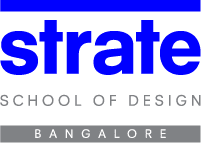

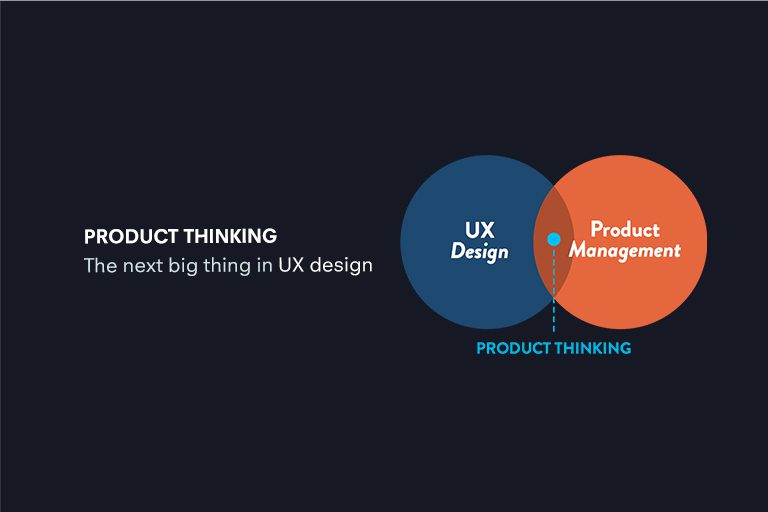
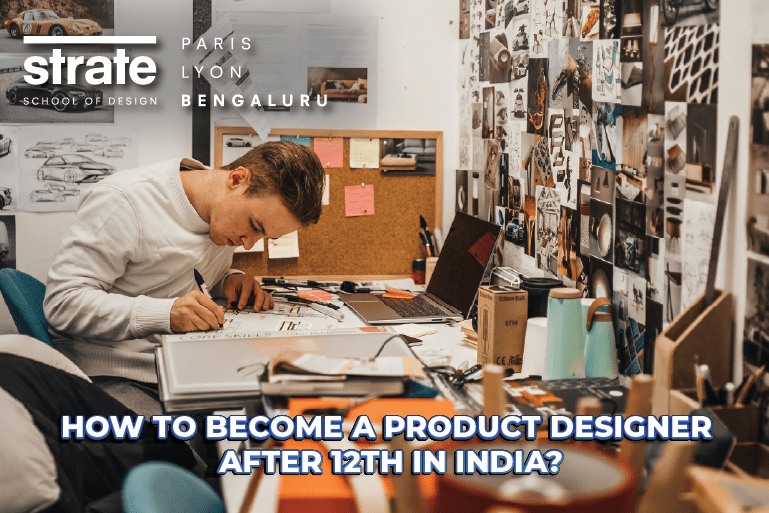
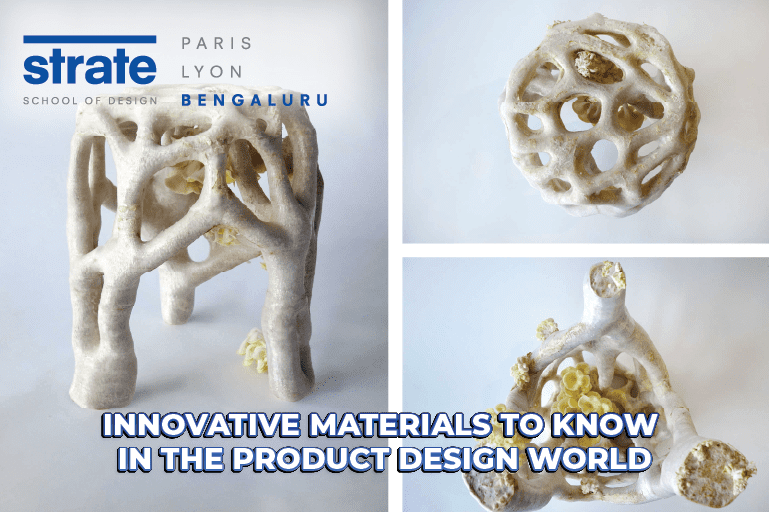
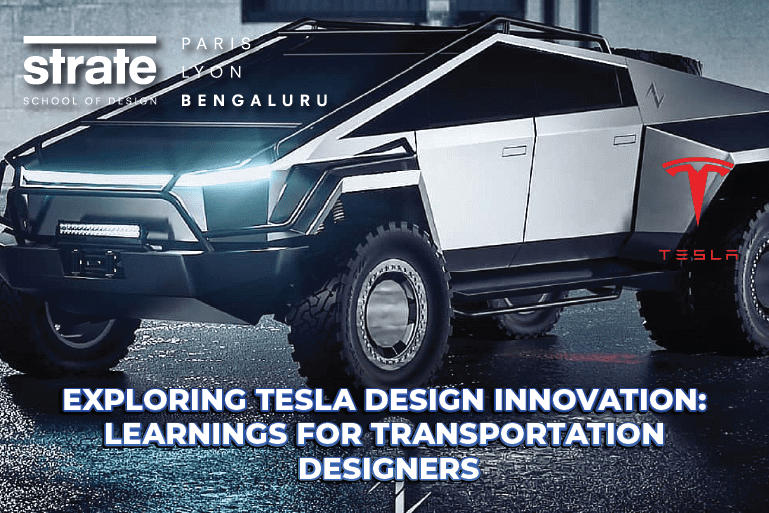
Want to Become a Designer ?
Strate is a unique design school that nurtures your talents as a designer by offering state-of-the art designing courses in Bangalore.
Join Strate